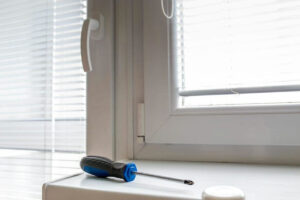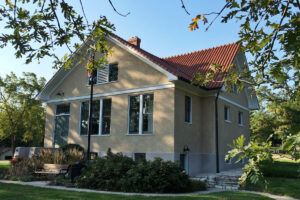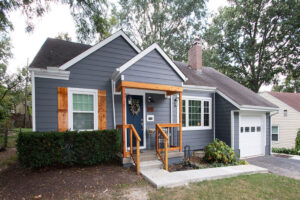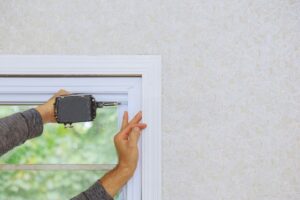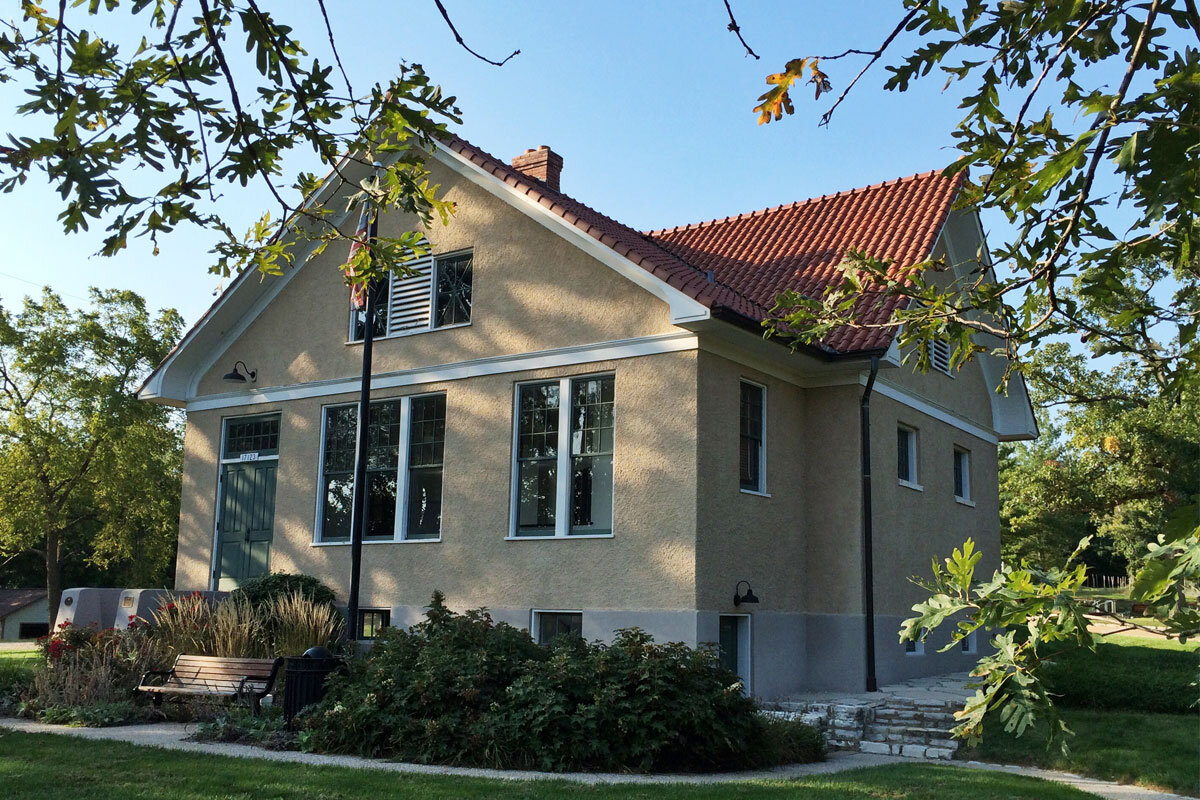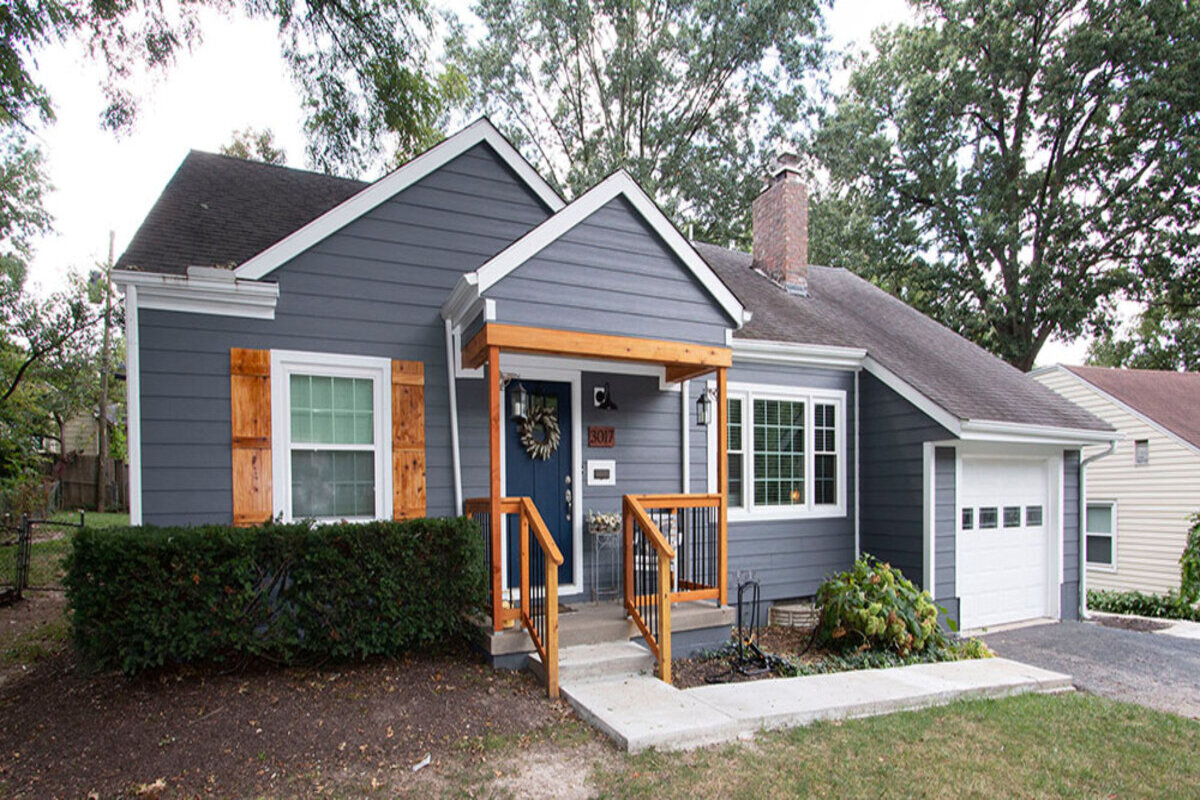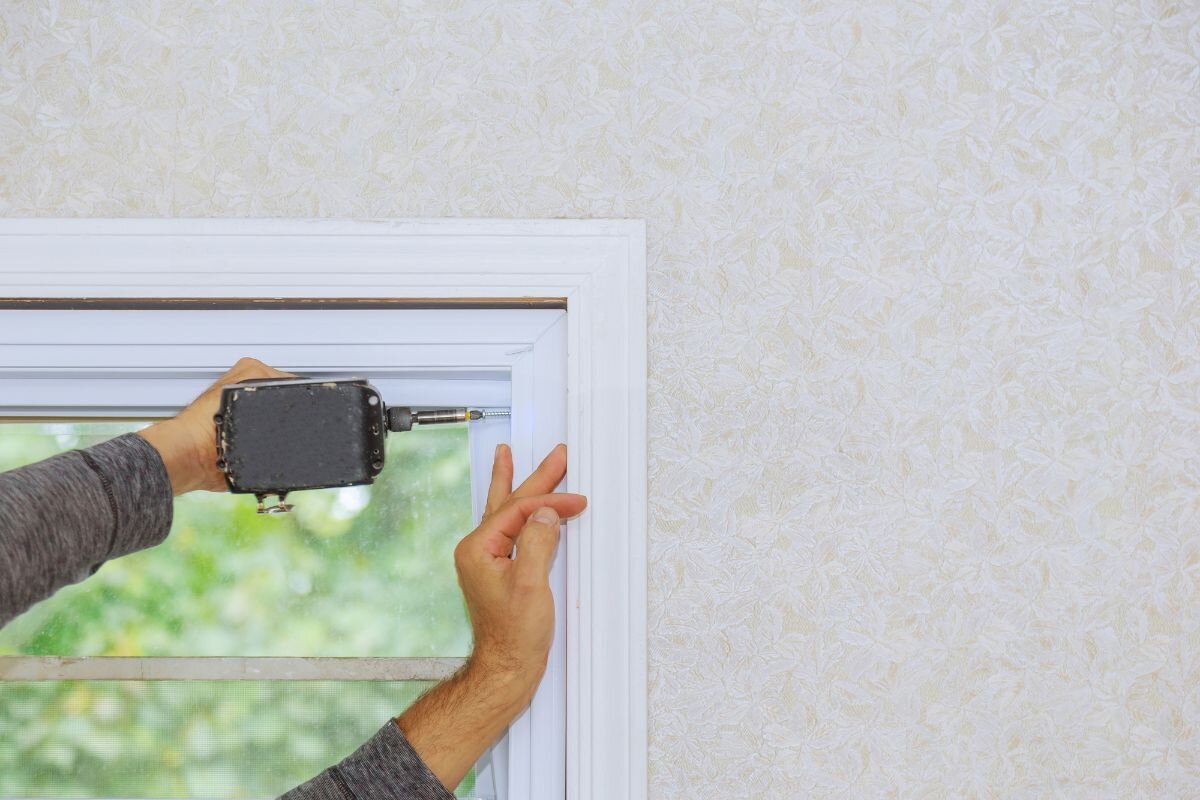Year after year, vinyl siding remains one of the most popular choices for home siding material, and looking at the pros and cons of vinyl siding, it’s no wonder. It’s incredibly inexpensive and simple to find, but does that make it the perfect choice for siding? Far from it, here is a robust list of not only the good but also the bad that may be encountered with vinyl siding.
Pros And Cons Of Vinyl Siding
Pros
No Need To Paint
Vinyl siding has its color “baked in” when it is created, so there’s no worrying about the color peeling or needing to paint it later. The color goes all the way through the material, and it’s completely homogenous.
Vinyl Siding Is Very Inexpensive
There are almost no siding options that are cheaper than vinyl siding. When looking at materials only, the closest competing materials to vinyl will cost an average of twice as much. This means that in almost every situation, vinyl will be your cheapest option.
Vinyl Is Relatively Low Maintenance
Vinyl siding is smooth and slick, which means the usual dirt and dust that give homes a dirty, grimy appearance are relatively simple to wash off of the vinyl siding. Just give it a spray with the garden hose and it will generally rinse clean, additionally, you don’t have to worry about damaging the paint when cleaning it, since the color goes all the way through the material.
Cons
Installation Can Be Easy & Easy To Mess Up
Vinyl siding is easy to install, leading many people to attempt installation themselves. While this is possible, it can also highlight significant shortfalls in the installer’s ability to properly finish the job. In most cases, the manufacturer’s warranty can only be claimed after professional installation.
Vinyl Siding Can Lead To Future Issues
Vinyl siding installed in extreme climates, like Missouri summers, can lead to the coloring of the siding fading quickly. Vinyl is difficult to paint, since it inhibits paint adhesion, meaning down the road it will probably bubble or peel. It is also prone to hail damage, which we also see at least a few times here in the St. Louis area.
Vinyl Siding Is Known To Be Inexpensive
Sure, it can be a quick fix to get some new siding on your home without breaking your budget, but everyone else knows it is cheap too. This means it can lower your home’s value, even potentially leading to buyer leverage if you need to sell your home.
It Can Sweat
The point of siding is to help maintain a moisture barrier between the elements and your home, but while most siding materials have some vapor transmission abilities, vinyl does not. This means that if moisture does get behind the siding panels, for whatever reason, it’s then stuck there and cannot escape. This moisture then begins to cause long-term damage to the surface behind the siding, and your exterior walls, which can lead to water in your interior wall cavity.
It Has A Significant Carbon Footprint
While there isn’t any conclusive proof that installing vinyl siding can create health complications for residents of the home, looking at the environment in which it’s manufactured can give one pause to wonder. OSHA has imposed very rigid safety and health guidelines for employees in facilities in which vinyl siding is manufactured. Since it is made from polyvinyl chloride, it is also very difficult to dispose of in an ecologically sound way.
Pros and Cons of Vinyl Siding: Hawthorne Home Exteriors Can Get You The Results You Want
While at first glance vinyl siding might seem like a great solution to an immediate need, when you consider what it may cost you in the future, it may warrant consideration of other options. For more information or to further discuss the pros and cons of vinyl siding, reach out to us today.


